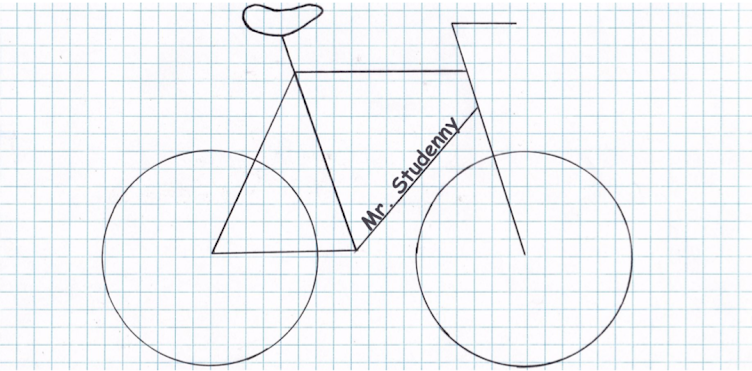 |
| Retrieved From: http://www.meenagames.com/wp-content/uploads/thumbs/custom/M/Math-puzzle-room-escape-game.jpg |
The idea of using this theme for a lesson is both interesting and attainable for me. Finding ways to captivate students can be an ongoing challenge for teachers. This is definitely an adaptation to the typical classroom environment that is sure to spike the interest of students. This would easily be considered a lesson that reaches a variety of different instructional needs for students. Furthermore, it creates an environment that is prone to be at the optimal challenges level for students (i.e., the zone of proximal development.)
This lesson drew on such a wide range of understandings, math concepts and also very importantly math processes. This creates an environment that encourages students to work as a team. From here, the students are able to each contribute their strengths to work together to solve the puzzle. This allows students of varying abilities to share their expertise and each find success in their own way. Being able to structure a class in this way, this successfully is the representation of an excellent educator. I will strive to bring this expertise to my classroom one day.

